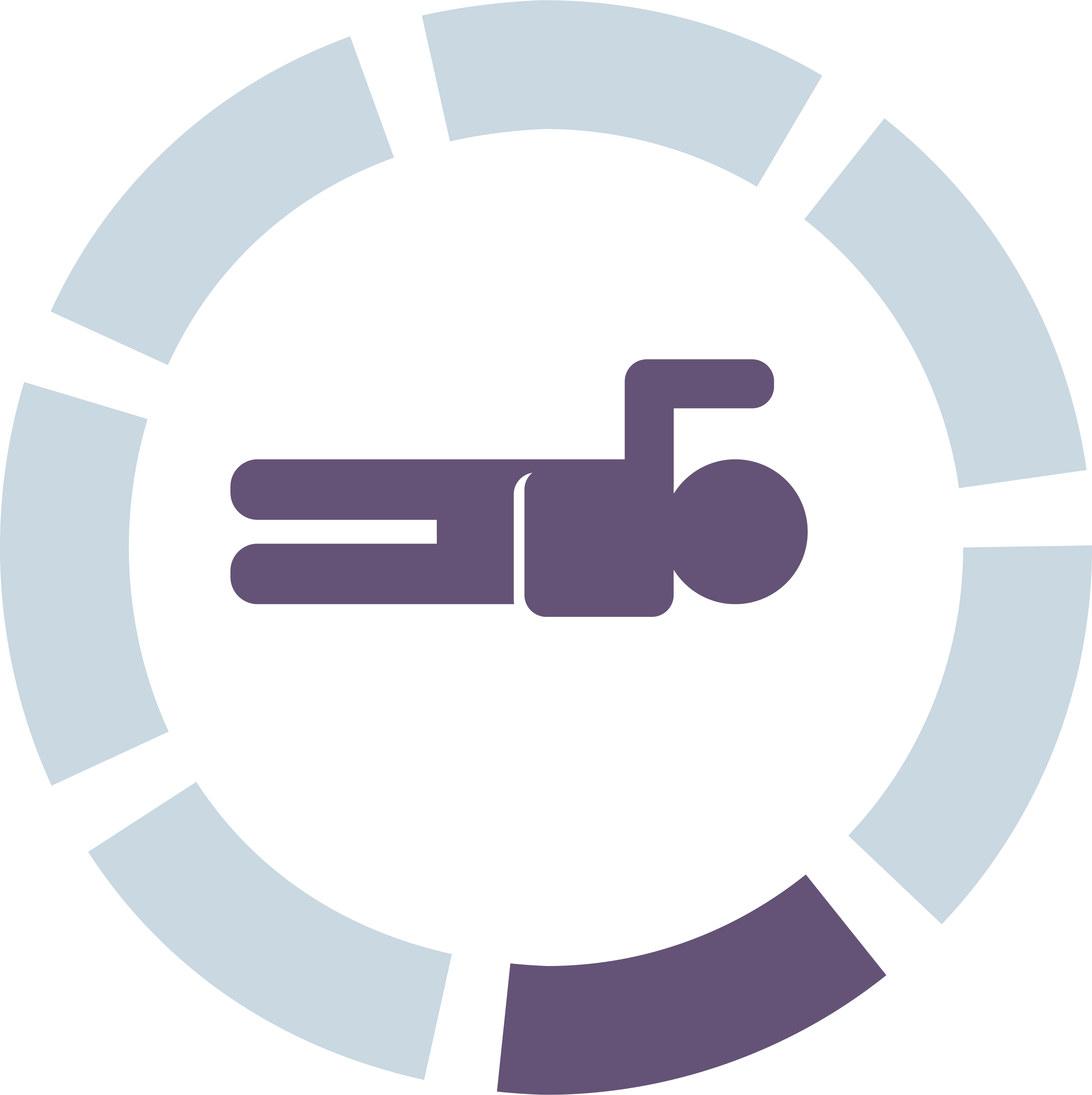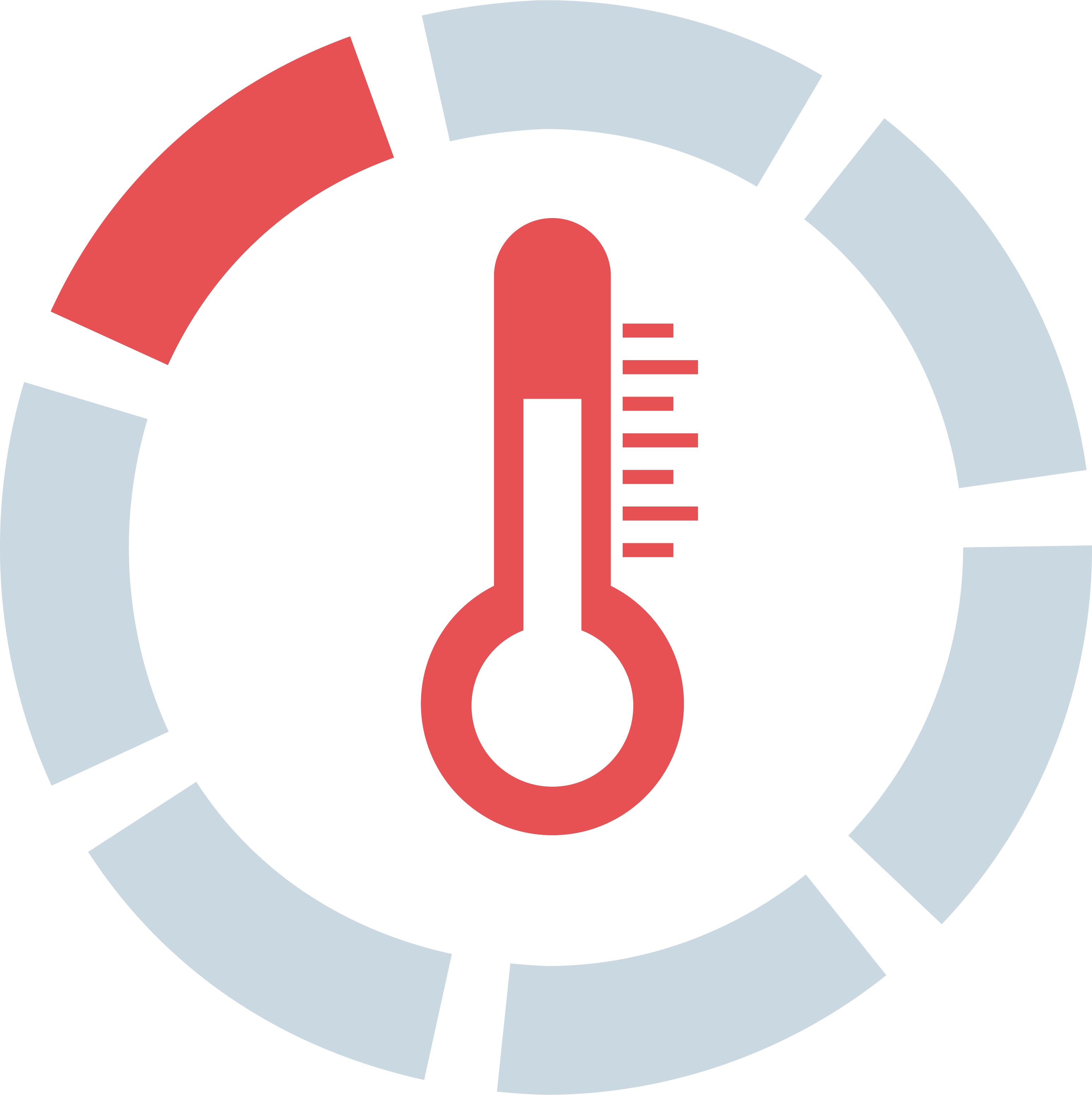
CHOKING

Goal of first aid:
If possible try to clear the airway, quick handover to Emergency Medical Service.

SAFETY FIRST






Ensure personal safety: Identify any dangerous situations. If necessary, move to a safer location.
Gloves: Protect yourself and others: put on disposable gloves.


CONDITION CHECKING





See: Difficulty breathing, signs of panic, bluish purple face, small objects are scattered nearby.
Hear: Noisy breathing, shortness of breath when speaking, severe gagging or coughing.



CALLING FOR HELP




Emergency call 112: Make an emergency call.
The 5 W questions:
Where did it happen?
What happened?
How many people are affected?
What injuries?
Wait for further questions!
Use speakerphone: Turn on your phone’s speaker to keep your hands free.
Do not hang up: Do not hang up unless the 112 dispatcher instructs you to.
Involve bystanders: Have them bring a first aid kit.
Report condition changes: Inform the 112 dispatcher if the person's condition changes.




POSITIONING



Effective coughing: Encourage the person to keep coughing, support her while doing so. Keep checking regulary if the situatio gets worse.

Ineffective coughing: Lower the upper body, use your palm to give 5 sharp back blows, repeat alternately.

Final option: Place a fist just below the breastbone and abdomen, then grasp your fist and pull sharply inwards and upwards .





WOUND DRESSING


As needed: If injuries are present, dress them accordingly.






COMFORTING

Don't leave: Stay with the person. Your presence and kind, encouraging words can help.
Listen: Listen actively, respond to their fears and worries, and show that you're there for them.







TEMPERATURE MANAGEMENT
Prevent heat loss: If the foreign object has been removed, wrap the person in a jacket or emergency blanket.

